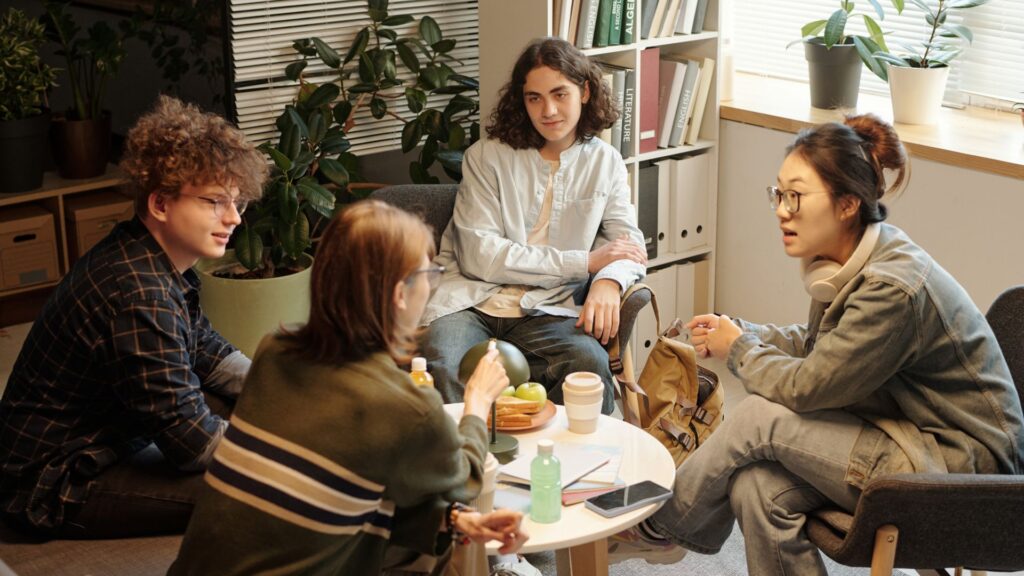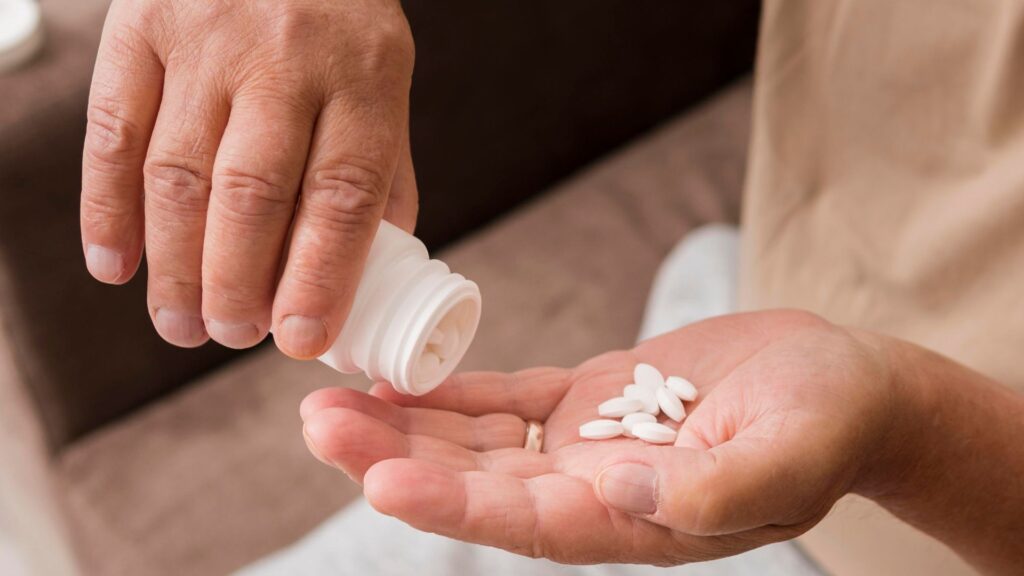Sober living offers a vital bridge between addiction treatment and everyday life. However, how long someone should stay in one of these homes may vary. For many, this phase of recovery becomes more than just a temporary stop, it can be a foundation for lasting change.
This article will highlight the aspects that determine the length of a sober living stay, why time spent there can make all the difference, and what to consider when deciding if it’s time to move on.

What is Sober Living?
Sober living is a type of supportive housing designed for people recovering from substance use disorders. It provides a safe, drug- and alcohol-free environment where residents can continue building their recovery skills after completing detox, inpatient rehab, or during outpatient treatment.
Unlike formal treatment programs, sober living homes don’t provide clinical services onsite, but they often require residents to attend therapy, 12-step meetings, or outpatient treatment elsewhere. These homes are structured with rules such as curfews, regular drug testing, and mandatory participation in house responsibilities. Many also offer peer support, house meetings, and guidance from a house manager or recovery coach.
To avoid relapse during this transitional phase, it’s essential to reach out to a reliable center offering continued support. Our outpatient rehab in Ohio provides a relapse prevention program designed to help individuals maintain sobriety, safeguard their progress, and prepare for real-world challenges.
Average Duration for Sober Living Residency
Most addiction recovery professionals recommend a minimum stay of 90 days in a sober living home to establish a stable foundation for long-term sobriety. However, actual durations vary widely.
On average, residents remain in sober living for three to twelve months, depending on their individual progress, recovery goals, and external circumstances. Stays lasting three to five months are associated with improved outcomes, including increased employment, better treatment adherence, and lower relapse rates.
While some individuals may stabilize and transition in just a few weeks, others may benefit from extended stays lasting up to two years, particularly if they are pursuing job training, rebuilding relationships, or facing housing instability. Duration of stay is often guided by the individual’s level of functioning, participation in recovery activities, and ability to maintain structure within a supportive environment.
Key Factors That Determine Your Length of Stay
Clinical Needs
- Severity of substance use disorder
- Presence of co-occurring mental health conditions
- History of relapse or repeated treatment episodes
- Need for additional time to stabilize or develop coping strategies
Practical Considerations
- Financial stability and ability to afford program fees
- Current employment status or need for job placement support
- Availability of safe and supportive housing post-discharge
Personal Goals
- Completion of vocational or educational programs
- Rebuilding family or social relationships
- Development of independent living and life skills
Collaborative Decision-Making
- Regular assessments with case managers and therapists
- Ongoing feedback from peer mentors or sponsors
Exit planning based on sustained readiness rather than a fixed timeline
Benefits of Extended Stays in Recovery Housing
Extended stays in recovery housing are associated with improved long-term outcomes across multiple areas of life. Research indicates that residents who remain in sober living for three to five months or longer show higher rates of employment, increased participation in education, and greater housing stability after leaving the program.
Spending more time in a structured, substance-free environment allows individuals to build consistent routines, strengthen relapse prevention skills, and develop meaningful peer support networks. Longer stays are also linked to improved mental health, including reduced psychiatric symptoms and a lower likelihood of future substance use.
In addition, individuals who stay in recovery housing for extended periods face a significantly reduced risk of homelessness, a common barrier to sustained sobriety. Overall, continued residency supports deeper stabilization and a stronger foundation for independent living.

Signs You’re Ready to Transition Out of Sober Living
Determining when to leave a sober living environment involves evaluating both personal progress and external stability. Key signs of readiness include sustained sobriety over several months, the ability to manage daily responsibilities independently, and consistent use of healthy coping strategies to address stress and triggers.
Additional indicators include financial stability, such as steady employment and access to secure housing, as well as a supportive network of peers, mentors, and professionals. Collaboration with a case manager or sponsor can help assess whether recovery goals have been met and whether the individual is prepared to maintain sobriety without structured supervision. A transition is most successful when it’s based on both objective progress and clinical guidance rather than arbitrary timelines.
Working With Your Support Team to Plan Your Exit Timeline
A well-timed and successful exit from sober living is best achieved through coordinated planning with your support network. Case managers, sponsors, and clinical staff can offer critical input on your progress, helping assess readiness based on recovery milestones, behavioral consistency, and adherence to house expectations.
Regular check-ins with peers and mentors allow for honest conversations about emotional preparedness, coping capacity, and support system strength. Setting clear, individualized goals—such as stable employment, secure housing, and self-sufficiency—provides a roadmap for transition.
In some programs, input from a resident council or house leadership may also factor into determining graduation readiness. Tracking your recovery capital—meaning your skills, resources, and connections—ensures that when you do leave, you’re equipped for sustainable success.
Final Thoughts from Abundance Treatment
While many residents stay in a sober living home between three months to a year, others may benefit from a longer stay—up to two years—depending on their individual recovery needs. The right time to move on is when you’ve developed consistent recovery habits, feel confident in your sobriety, and have stable housing and support in place.
At Abundance Treatment, we offer outpatient rehab programs in Toledo, OH, designed to fit into your daily life—so you can continue receiving care and guidance while building independence. Whether you’re transitioning out of sober living or looking for structured support, our flexible programs can help you stay grounded in your recovery journey. Taking the time you need isn’t a setback—it’s an investment in lasting change.




































